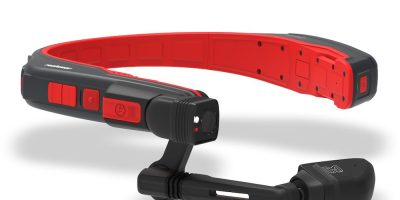NXP has announced an extension of its automotive radar one-chip family. The new SAF86xx monolithically integrates a high-performance radar transceiver, a multi-core radar processor and a MACsec hardware engine for state-of-the-art secure data communication over Automotive Ethernet. Combined with NXP’s S32 high-performance processors, vehicle network connectivity and power management, the full system solution paves the way for advanced, software-defined radar.
The highly integrated radar SoC (System-on-Chip) is intended for streaming rich low-level radar sensor data at up to 1 Gbit/s. It helps carmakers optimize next-generation ADAS partitioning for software-defined vehicles, while providing for a smooth transition to new architectures. Additionally, OEMs will be able to easily introduce new software-defined radar features during the lifetime of the vehicle through Over-the-Air (OTA) updates.
It also shares a common architecture with the SAF85xx introduced last year and leverages 28 nm RFCMOS performance for significantly improved radar sensor capabilities, compared to prior-generation 40 nm or 45 nm products. It enables Tier-1 suppliers to build more compact and power-efficient radar sensors. Drivers and other road users will benefit from extended detection range beyond 300 m, along with more reliable detection of small objects like curb stones as well as vulnerable road users including cyclists and pedestrians.
The new radar one-chip supports NCAP safety functions including emergency braking and blind-spot detection. It also supports advanced ADAS and autonomous driving applications, including advanced comfort features for SAE levels 2+ and 3 such as traffic jam assist, highway pilot and park assist, front and rear cross-traffic alerts, as well as lateral and rear collision avoidance.
“Using our new SAF86xx radar one-chip family, OEMs can quickly and easily migrate their current radar platforms to new software-defined vehicle architectures,” said Steffen Spannagel, SVP and GM, ADAS, NXP Semiconductors. “A network of connected radar sensors with software-defined functions on a dedicated S32R radar processor in a distributed architecture can enhance radar-based perception to support advancements in autonomous driving. That includes 360-degree sensing, more powerful AI-based algorithms and secure OTA software updates.”
The comprehensive SAF8xxx family featuring the new SAF86xx and SAF85xx can be tailored for individual OEM use cases. It supports a range of sensor outputs, including object, point cloud-, or range-FFT-level data for smart sensors in today’s architectures and streaming sensors in future distributed architectures.







